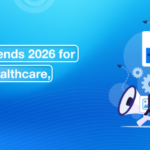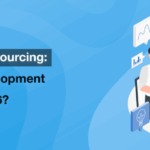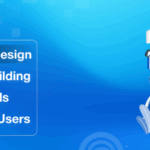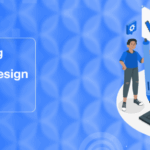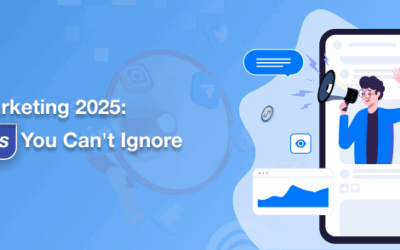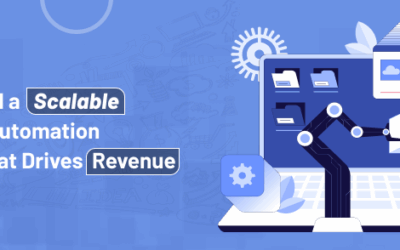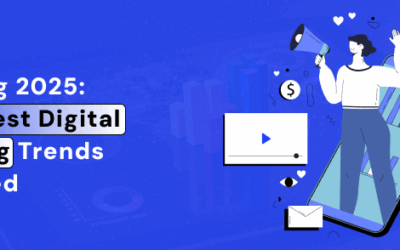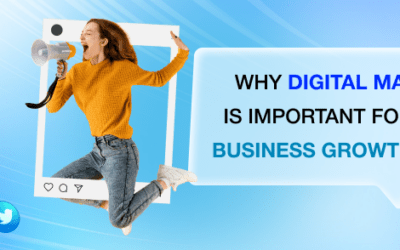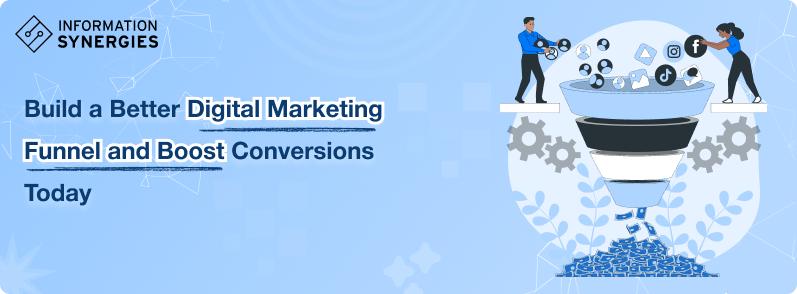
In the congested digital landscape, success is achieved not by merely posting ads or sending emails, but by following the heart of a journey for their audience. And this is where a digital marketing funnel steps in. Whether you’re a start-up or an established digital marketing agency, a well-presented funnel will help you get noticed, build trust, and drive conversions.
So, how exactly is a digital marketing funnel made, and how is one built that works for your business?
Let’s go through the examples.
What Is a Digital Marketing Funnel?
A digital marketing funnel is a model or strategy that maps the steps a potential customer goes through from first discovering your brand to either making a purchase or becoming a loyal advocate. Typically, it is depicted as a funnel with stages that narrow from awareness at the wide top to conversion at the narrow bottom.
While every funnel is capable of customization, it typically must have the following basic stages:
- Top of the Funnel: Awareness and interest
- Middle of the Funnel: Consideration and Evaluation
- Bottom of the Funnel: Conversion and decision
The idea is to attract leads and then nurture them so that they can be converted into paying customers in a scalable and structured manner.
Key Benefits of a Digital Marketing Funnel:
- Offers a clear path to guide prospects
- Improves conversion rates through targeted content
- Helps segment your audience effectively
- Enhances customer experience and retention
Why Digital Marketing Funnels Matter for Agencies
If you have been running or working in a marketing funnel for a digital agency, you would know well that client journeys are never straightforward with so many different types of touchpoints—ads, blog posts, emails, and of course social media—users have to be nurtured and provided with value multiple times before they make the actual commitment.
Here are three reasons why marketing funnels are essential:
- Predictable growth: Funnels enable you to identify what works and allocate more resources to those that drive results.
- Improved targeting: Depending on the stage of the funnel at which leads stand, you can customize the messages to suit them.
- Efficient use of resources: Funnels cut down wastage by keeping marketing efforts aligned with what the buyers do.
In brief, a good funnel, in the best possible way, leads you not only to generate leads but also to qualify and convert them.
Key Stages of a High-Converting Funnel
Let’s break down the funnel into actionable stages along with the working strategies:
Awareness (Top of Funnel)
This is where potential buyers first hear about your brand. Try to catch their attention.
What works here:
- SEO-optimized blog posts
- Social media content
- Paid ads with broad targeting
- Short-form videos or infographics
The content here must educate and spark curiosity. You are not selling yet—show that you understand what they are going through.
Interest & Consideration (Middle of Funnel)
Now that the audience knows who you are, it’s time to continue building trust and demonstrating value.
Effective tactics:
- Lead magnets such as eBooks and free tools
- Case studies
- Email nurturing campaigns
- Webinars and workshops
Here, messages should focus on how you solve their particular challenges. Prove that you know what you’re talking about, share insights with them, and keep them engaged.
Conversion (Bottom of Funnel)
When it’s time to make decisions, you need to guide the lead through conversion by removing friction.
Tactics that convert:
- Free trials or demos
- Limited-time offers
- Retargeting ads
- Personalized sales outreach
You’ve earned their trust—now make it easy for them to say yes.
How to Build a Digital Marketing Funnel That Works
If you need to create a funnel that works for your brand, follow this 7-step approach:
Step 1: Define Your Buyer Journey
Know your target audience: their requirements, where they hang out, and how they make decisions. Let customer personas and behavior data be the guide for how your funnel will be shaped.
Step 2: Create Targeted Content for Each Funnel Stage
Content must align with the user’s intent at every step. For example:
- Blog guides and videos for Top of Funnel (ToFu)
- Comparisons and success stories for Middle of Funnel (MoFu)
- Testimonials and offers for Bottom of Funnel (BoFu)
Map content types to funnel stages before you begin production.
Step 3: Choose the Right Tools
Choose tools to automate processes and track results, from email marketing software to CRM platforms. Here are some suggestions for you:
- HubSpot or Mailchimp for automation
- Google Analytics for funnel tracking
- CRM tools like Salesforce or Zoho for lead management
Step 4: Optimize and Test Continuously
A winning funnel is never a static thing. Keep track of KPIs such as click-through rate, conversion rate, and bounce rate. A/B tests your content, CTAs, and landing pages to determine what clicks.
Common Funnel Mistakes to Avoid
Even well-designed funnels can underperform due to easily avoidable issues.
Avoid These Pitfalls:
- Treating all leads the same (no segmentation)
- Sending traffic to unoptimized landing pages
- Overloading visitors with CTAs too soon
- Failing to track analytics and campaign performance
- Ignoring mobile responsiveness and UX design
Final Thoughts
A digital marketing funnel is a strategies that allow long-term growth to be achieved along the lines of scalable success. Whether you are designing a marketing funnel for a digital agency for another set of people in-house or scaling with a production team, the rules are the same: meet people as they are, deliver value, and guide them with intent.Looking to streamline your funnel-building process or scale your digital marketing efforts?
Connect with us at Information Synergies LLC to discover how we turn strategy into measurable growth.
